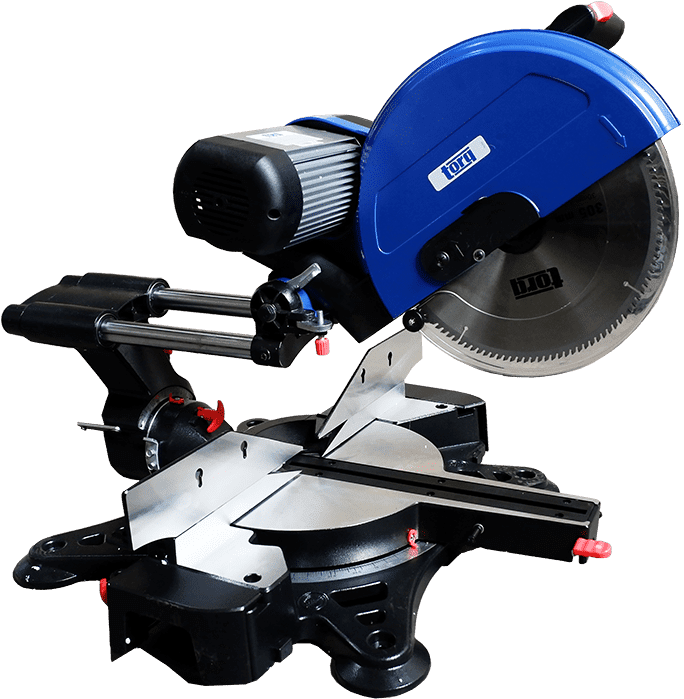Tool Grinding – Types and Applications of Tool Grinding
What is Tool Grinding:
Tool Grinding is the process of using a milling machine to remove material from one or more surfaces in order to create new surfaces that are similar but not identical. The tool used in the grinding process is called a grinder, cutter, or deburring tool.
Tool Grinding is a term used to describe the removal of material from a tool without damage. It can be done manually or with machinery.
The process is usually used in the manufacturing of tools and in some other industries where there are precise requirements for finishing, such as machining, welding, etc.
In manual grinding, it is performed by hand using an abrasive wheel. In mechanical grinding, several abrasive wheels are mounted on a spindle so that they can rotate at different speeds and angles simultaneously.
Tool Grinding
Types of Tool Grinding:
Vibratory Grinding : This type of grinding uses high-speed rotating disks with diamond or ceramic particles to produce a rough surface on the tool being ground.
Impact Grinding : This type of grinding uses solid metal hammers with diamond or ceramic particles to produce fine surfaces on the tool being ground.
There are many tools that can be used for this, but it is mostly done using diamond dust. The process involves applying pressure to a diamond powder by rubbing it on the surface of the tool. This reduces friction and prevents damage to the tool caused by wear and tear during use. It also protects the edges of the tool from chipping or breaking off due to excessive wear.
This helps in extending tool life and reducing breakage, which will result in less maintenance costs for your company over time.
Tools grinding also improves consistency among different types of tools which results in higher productivity at worksites where quality materials are required. Tools with sharp edges may become dull after constant use so it is necessary to regularly grind them so they stay sharp enough to cut through tougher materials like steel sheets, tiles, metal pipes, etc., without becoming damaged easily due to abrasion or overheating during cutting process itself.
Applications and uses of Tool Grinding:
Tool Grinding has many applications including removing burrs from metal parts after they have been machined, removing residual plastic on injection molded parts, removing scratches and dents from solid-surface countertops, removing rust spots from cast-iron fixtures, removing paint chips and rough edges from wood furniture before refinishing it with an oil-based finish or clear lacquer, cleaning out chisels for sharpening before re-sharpening them with a stone grinder.
The use of Tool Grinding can also be used as an engraving technique where there are raised textures created by recessing tool points into softer materials such as clay or plastics. This creates finely detailed reliefs of letters and designs which are often used for decorative purposes in jewelry making.



